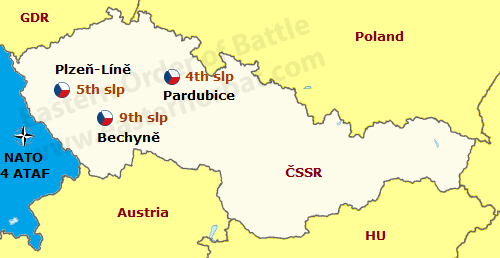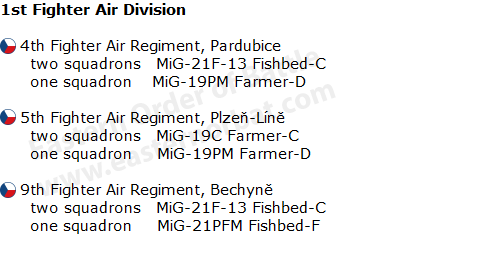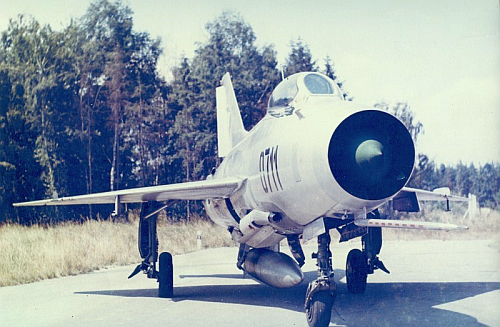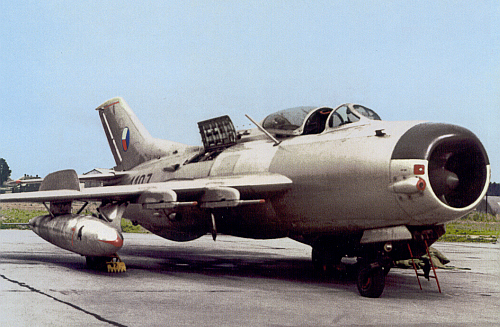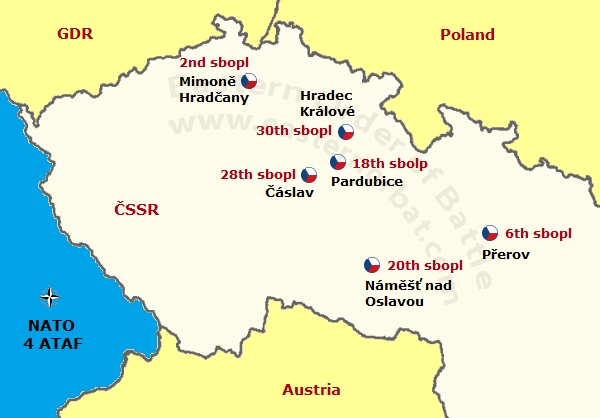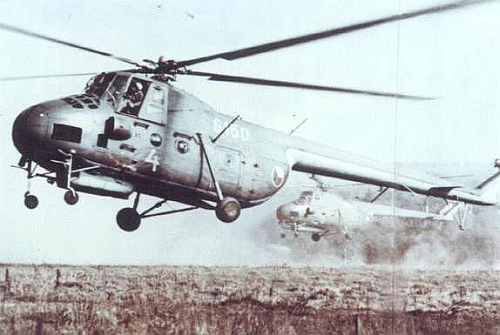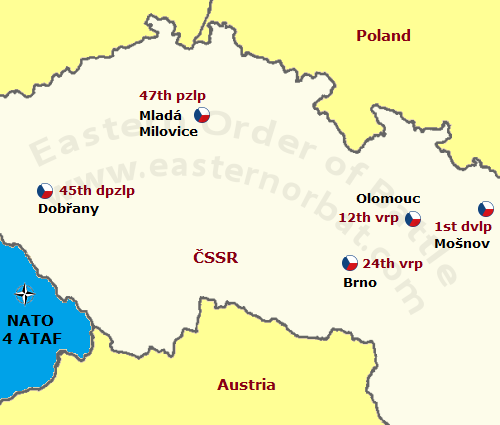|
|
|||||||||||||||||||||||||||||
 |
|||||||||||||||||||||||||||||
 |
|
|
|
In the case of World War 3, the Czechoslovak 10th Air Army would have been joined by the Soviet 57th Tactical Air Army from the Carpathian Military District. These two Warsaw Pact air armies would have fought with NATO's Fourth Allied Tactical Air Force (4 ATAF) forces in the mid-sixties. The Czechoslovak 10th Air Army alone can represent a powerful force with four air divisions: |
|
|
|
|
|
|
|
|
The Czechoslovakian 1st Fighter Air Division received more than fifty high-speed MiG-21F-13 ‘Fishbed-C’s between 1965 and 1968. These four squadrons daytime tactical fighter and two squadrons older MiG-19S ‘Farmer-C’ were designed to fight against the NATO 4 ATAF (Fourth Allied Tactical Air Force) in the mid-sixties. All MiG-21F-13 and MiG-19S day-time fighter was inexpensive self-made aircraft, equipped with the deadly thirty-millimeter machine guns and maneuvered excellently. |
|
|
|||||||||||
|
|
|
|
||||||||||
|
|
|
|
||||||||||||||||||||||||
|
The most significant development of the 10th Air Army in the mid-1960s was the acquisition of the Sukhoi Su-7 nuclear strike aircraft type. As a first-line army of the Warsaw Pact, which was not supported by locally-based Soviet troops in peacetime, it bought 105 Sukhoi Su-7BM / BKL ‘Fitter-A’ and Su-7U ‘Moujik’ swept wing, supersonic fighter-bomber aircraft between 1964 and 1967. |
|
|
|
|
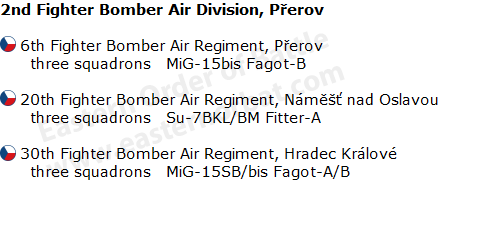 |
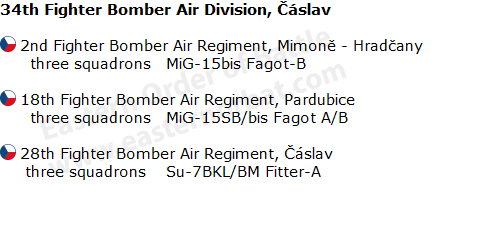 |
||||
 |
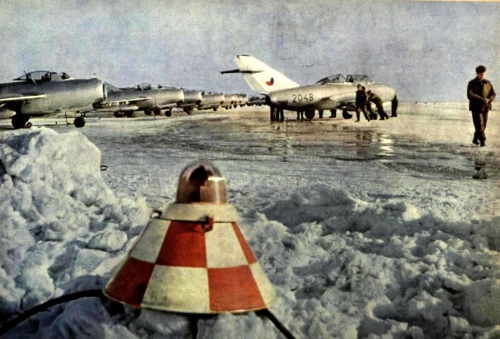 |
||||
|
Czechoslovak 10th Air Army used two regiments nuclear strike capacitive Su-7BM/BKL 'Fitter-A' bomber aircraft type and four regiments close air support MiG-15 'Fagot-A/B' fighter-bomber aircraft type in the second half of the sixties. Photo source: www.valka.cz |
|
|
|
|
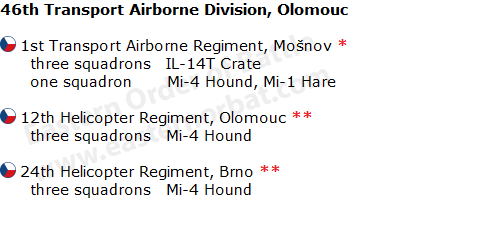 |
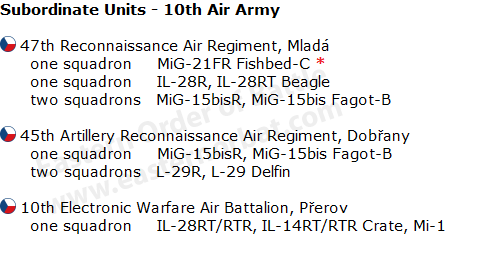 |
||
|
|
|
|
|
|
